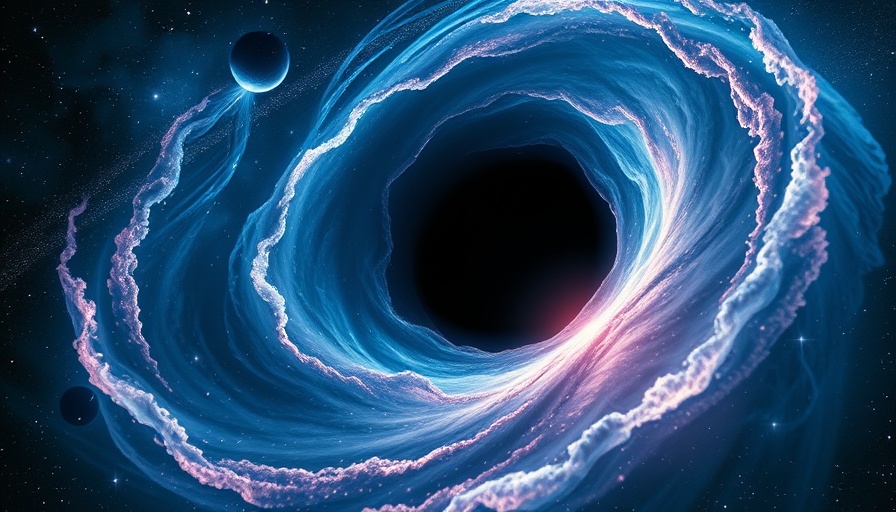
The Mysterious Nature of Black Holes: Understanding Singularity
Recent discussions about black holes have reignited interest in the scientific paradigm, emphasizing the peculiar nature of singularity at their cores. The idea that a black hole might not harbor a singularity—a point of infinite density—has been receiving attention. However, as some scientists proposed modifications to existing theories, others in the community voiced skepticism, highlighting the intricacies still at play when measuring the fabric of the universe.
Why Does Singularity Matter?
To appreciate the notion of singularity, we must delve into Albert Einstein's theory of general relativity, which frames black holes as regions where gravity is so intense that the fabric of space-time bends around them. The singularity signifies a breakdown of the very laws of physics, challenging our comprehension of the universe. “The singularity is the most mysterious and problematic part of a black hole,” commented physicist Robie Hennigar, “where our concepts of space and time literally no longer make sense.” This enigma raises critical questions about our understanding of gravity.
New Theories Struggling for Acceptance
Earlier in the year, Hennigar and his colleagues introduced a groundbreaking approach, aiming to modify the Einstein field equations to eliminate the singularity from black holes. Their theory replaces the singularity with a highly warped region, suggesting a differing kind of gravitational behavior within black holes. This proposition, although innovative, met strong resistance. Polish theoretical physicist Nikodem Poplawski took issue with several aspects: the reliance on five-dimensional space, the static interior of black holes, and non-physical assumptions inherent in the mathematical changes proposed.
The Intersection of Quantum Physics and Relativity
Practitioners in the field predominantly focus on merging general relativity with quantum physics to address singularities, emphasizing questions of fundamental truth in physics. The challenges posed by black holes symbolize a broader concern in how we reconcile the universe's rules. In contrast to Hennigar's work, which leans towards modified gravity in higher dimensions, many scholars push for a unified theory that respects the implications of quantum understanding.
Looking Forward: The Future of Black Hole Research
The journey to unravel the mysteries of black holes remains rife with questions, discoveries, and the potential for profound understanding. Entering the era of more advanced observational technologies, researchers anticipate a new wave of data that could reshape our views on black holes and, by extension, the laws of our universe. Long-standing debates hint at exciting new discoveries and richer understandings of black holes as they continue to capture scientific fascination.
Your Role in the Exploration of Innovation
Understanding these potent elements of space and innovation allows us to navigate through scientific discourse adeptly. Each new discovery contributes to our collective knowledge, not just about black holes but about how the universe operates on fundamental levels. It invites you, the reader, to engage in discussions about these subjects, fostering a culture of curiosity and inquiry.
 Add Row
Add Row  Add
Add 




Write A Comment